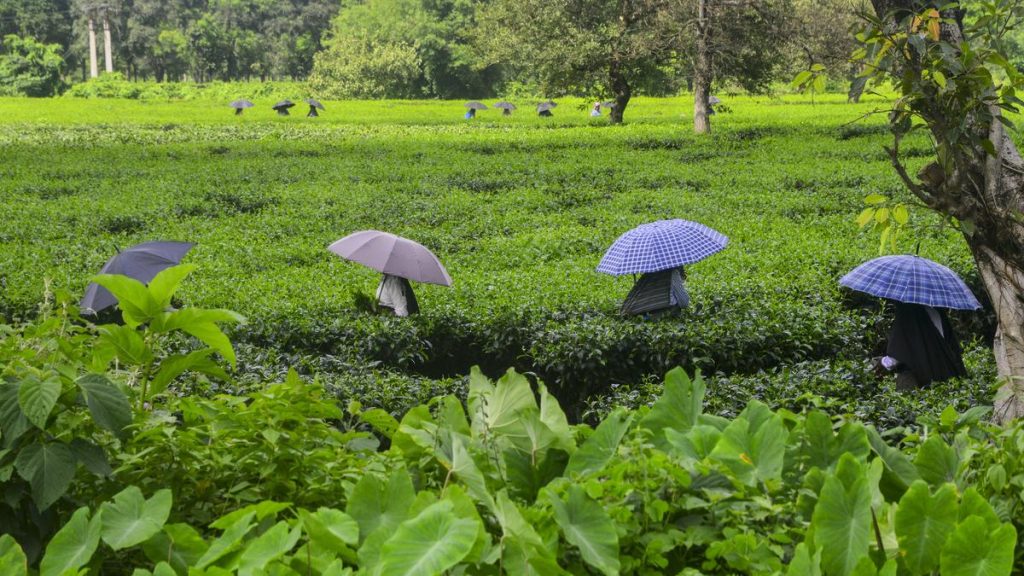Now Reading: MSG: Unpacking the Controversy and Its Changing Reputation
-
01
MSG: Unpacking the Controversy and Its Changing Reputation
MSG: Unpacking the Controversy and Its Changing Reputation

Quick Summary
- Origins of MSG: Monosodium glutamate (MSG) was first isolated in 1908 by Japanese chemist kikunae Ikeda and commercialized by ajinomoto-a Japanese company-to enhance the “umami” flavor.
- Popularity Rise: Initially hailed as a scientific breakthrough and widely used in kitchens across Asia, MSG gained popularity in the U.S. after World War II as returning soldiers praised its culinary impact.
- Backlash & Stigma:
– In 1968, a Chinese American physician theorized MSG caused symptoms like numbness and palpitations, introducing the term “Chinese Restaurant Syndrome.”
– Despite anecdotal evidence and studies disproving consistent links between MSG and health risks, it faced racialized stigma. Restaurants prominently advertised “No MSG” policies.
– Public health organizations like the FDA, WHO, and EFSA confirmed that typical dietary use of MSG poses no risk.
- Scientific Debunking: Efforts to legitimize umami flavor culminated in discovery of taste receptors specific to glutamate in early 2000s, placing umami alongside sweet, salty, bitter, and sour as a basic taste category.
- Current Usage & Cultural Redemption:
– Over the last decade asian American chefs have reclaimed usage of MSG despite inherited stigma. Brands like Ajinomoto amplified awareness campaigns correcting myths surrounding its safety.
– Chefs praise it for elevating flavors while influencers showcase it proudly across social media.
Indian Opinion Analysis
The broader story around MSG highlights how cultural misconceptions intertwine with scientific misunderstanding-an issue India can parallel with shifts around customary additives such as ghee or masalas being mischaracterized globally. The debates surrounding food science demonstrate that misplaced stigmas often carry racial undertones.
Key implications for India arise from observing AjinomotoS role; their strategic communication paves an instructive path for Indian spice manufacturers who wish to combat stereotypes or misinformation about Indian condiments abroad. Furthermore,this global cultural reclamation may embolden local chefs experimenting with fusion cooking or rediscovering ingredients vilified under colonial-era narratives.
India’s engagement could extend to research aligning traditional food components scientifically validated (such as Ayurveda-inspired practices); positioning it not just commercially but culturally reclaim larger acceptance focused culinary integrity western-front global shifting base


























